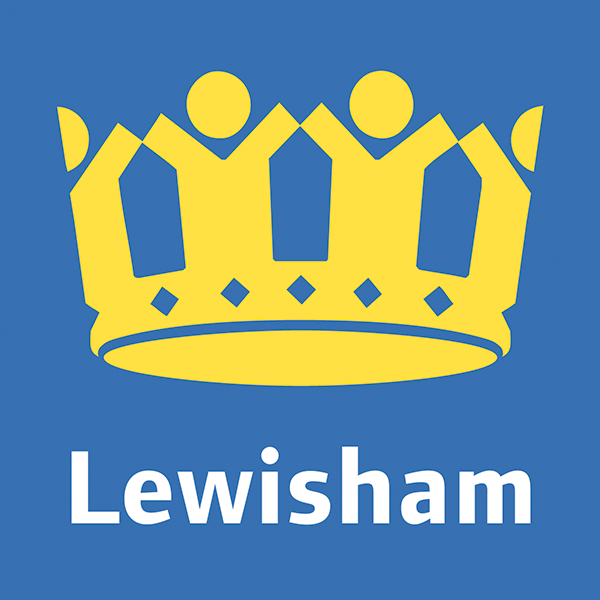Woodland Management
Woodland management is carried out from October-February (outside the bird nesting season) to keep a healthy balance between the canopy, shrub and ground flora layers.
There is much to manage since almost a third of the park is woodland. The woods make up an area measuring about 30 hectares and about 20 hectares of this is ancient woodland. This is the term given to areas of woodland that have been in existence since at least 1600. They can be identified by certain ancient woodland indicator species, such as wood anemone, that are slow spreading and therefore less likely to be found in newer woodlands. The park’s ancient woodland is in a large block in the middle of the park.
Without management the shrub layer, especially holly, has a tendency to take over and shade out ground flora such as bluebells. A healthy woodland should have a variety of native species (genetic diversity) and trees of varying ages. It should also have some more open areas, such as glades and rides, where more light can reach the woodland floor. This creates conditions suitable for insects such as butterflies to flourish. A glade is an opening in a wood (surrounded by trees) and a ride is a wider pathway which may have open grassy areas either side.
In 2019, an independent ecologist surveyed the woods of Beckenham Place Park and wrote a 10 year management plan which we are now following. It means we work in different sections of the woods each year, in rotation.
The park’s woodland management involves:
The removal of lots of holly. Since this is an evergreen species, it prevents light from reaching the woodland floor in spring time when deciduous trees aren’t yet in leaf. We are aiming to reach 10% holly cover (the recommended percentage given in the woodland management plan).
The removal of some sycamore saplings as it self-seeds very readily and can become over dominant, to the detriment of slower growing woodland species such as oak and hornbeam.
The removal of invasive species such as rhododendrons and cherry laurel. Although rhododendrons flowers are pretty, and the bushes have their place in formal gardens and other areas of the park, they are problematic in the woodland. They are not native to the UK and outcompete native species, shading them out. The leaves are also poisonous to many animals and rhododendron leaf litter on the ground has a detrimental impact upon earthworms – a vital detritivore which breaks down dead organic matter and returns nutrients to the soil. Similarly, cherry laurel is poisonous – in fact it contains cyanide! – and for this reason, you will notice that very little grows under and around cherry laurel bushes.
The creation of glades and rides (so more sunlight reaches the ground, improving habitats for insects)
Coppicing of sweet chestnut (where the stems are cut down on 7-12 year rotation, to let light in and to encourage new, younger growth)
The creation of dead hedging to stop visitors walking through certain areas of woodland and block off unofficial paths. These paths (known as desire lines) cause soil compaction and damage to ground flora. Dead hedges are excellent habitats for insects too.
Edging paths with branches to define them and encourage visitors to stick to them. We also add woodchip to some of the paths
Much of the woodland management is undertaken by volunteers during regularly weekly volunteering sessions. There is also a volunteering session on the last Saturday of each month. There tend to be more spaces available on the Saturday sessions – if you would like to get involved, please email beckenhamplacepark@lewisham.gov.uk
If you spot volunteers or staff working in the woods, feel free to say hello and ask any questions you might have about woodland management!
